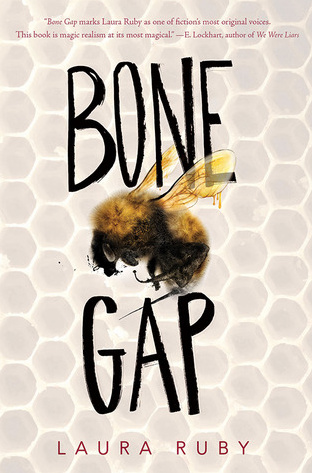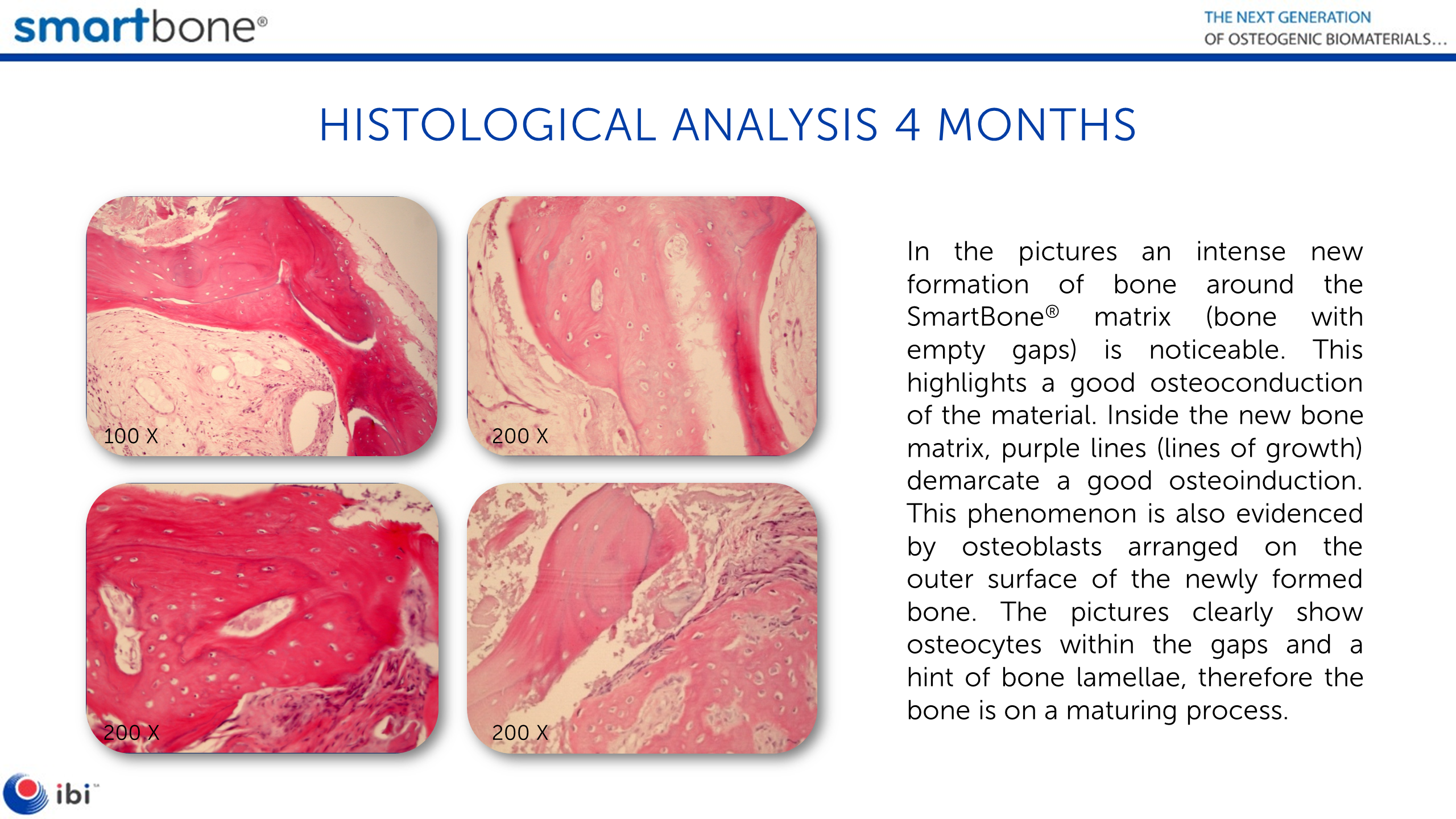

In “Bone Gap,” the texture of small-town America is vivid and realistic: There are violent bullies, local eccentrics and unkind rumors about the beekeeper’s daughter, Petey, who’s considered ugly - except by Finn. Finn witnessed the abduction, but can’t describe what the man looks like - only the way he moves, “like a cornstalk in the wind.” She brought love, cheer and Polish food into their house, until she was kidnapped by a strange man in a black S.U.V.

Roza turned up in the brothers’ barn a year earlier, muddy and bruised. The boys are twice bereft, because Roza, the beautiful Polish girl who’s been living with them, has vanished.

Neither of them is happy about the situation. Their mother left to move to Oregon with an orthodontist, and Sean has given up medical school to stay home until Finn graduates. He’s 18 and lives with his older brother, Sean. The novel’s hero, Finn O’Sullivan, is called Spaceman and Sidetrack and Moonface because he doesn’t look anyone in the eye. There are non-earthly realms here, but it’s mainly a rural coming-of-age story and a neurological mystery, set in the small town of Bone Gap, among cornfields and 4-H fairs. The mythological references in the novel are subtle, not overt. Did you know that? I didn’t, until I read Laura Ruby’s lush and original young adult novel, “Bone Gap,” and started to tease out its underlying myths and magic. Anyone who had a dog-eared copy of the D’Aulaires’ illustrated “Book of Greek Myths” has a handle on Persephone.īut Demeter also took the form of a black-winged mare, and she had children other than Persephone, including the horse Arion. In her daughter’s absence, Demeter let the world go barren out of sorrow and anger. The goddess Demeter had a daughter, Persephone, who was abducted by Hades, the lord of the underworld.


 0 kommentar(er)
0 kommentar(er)
